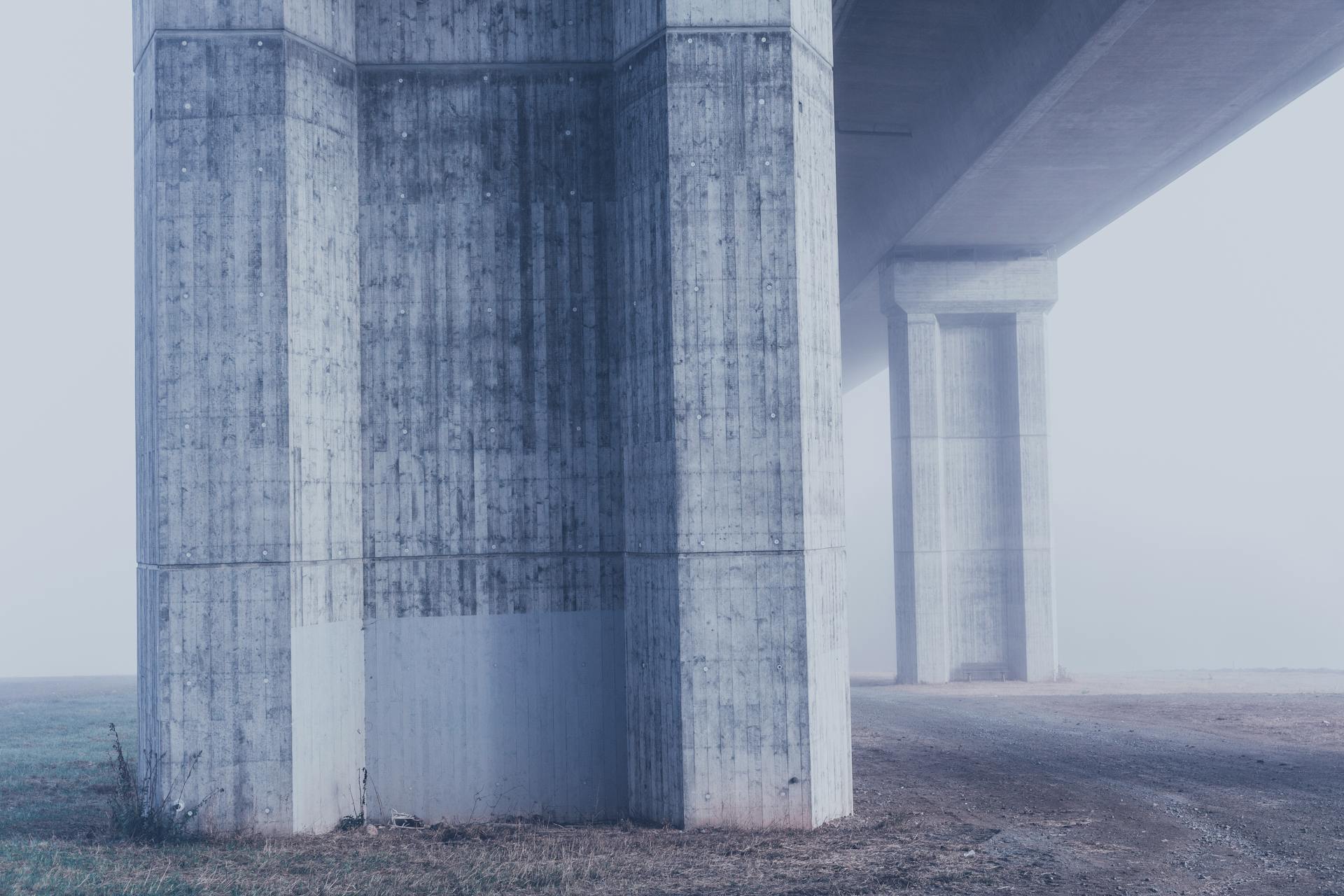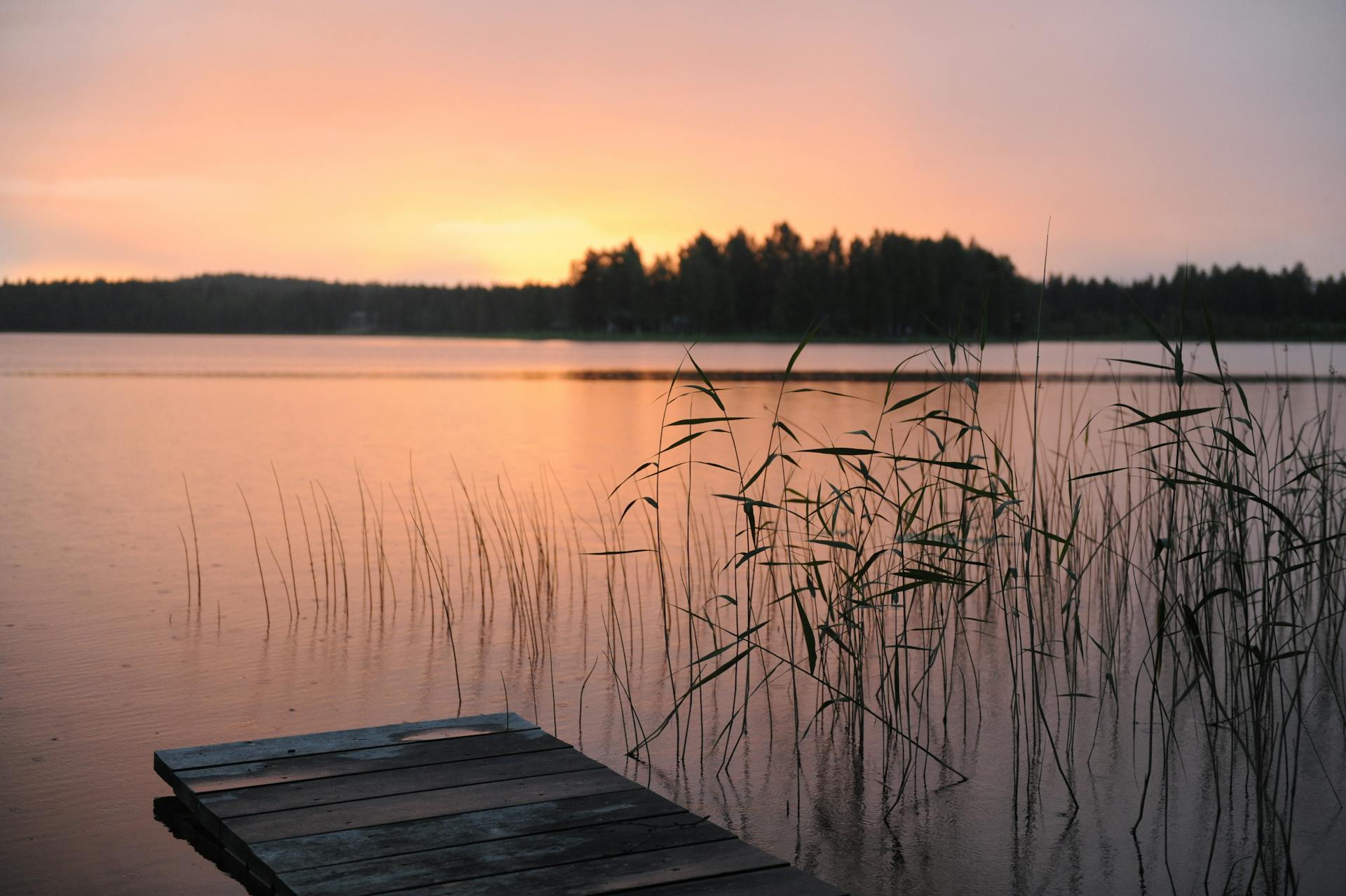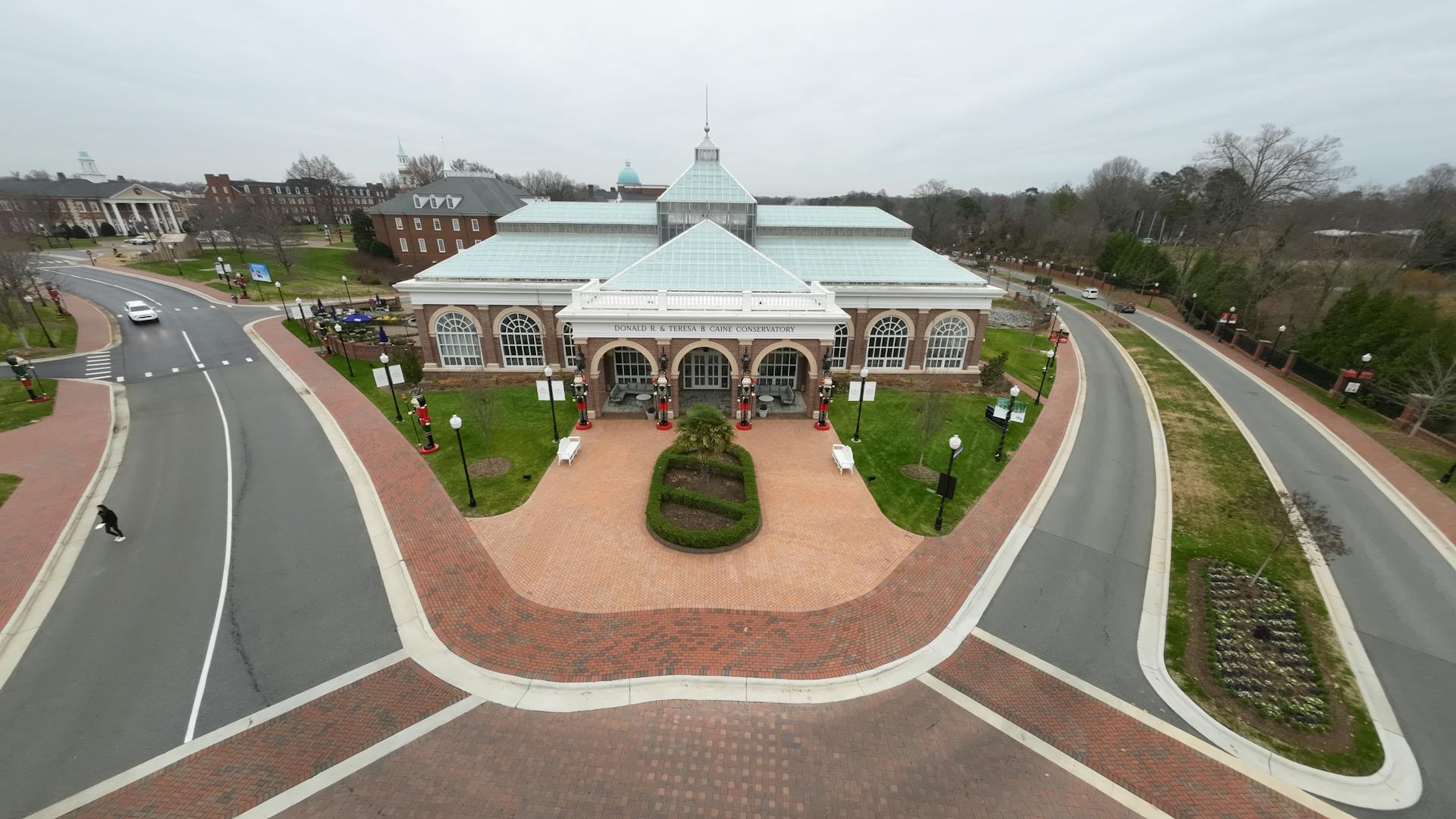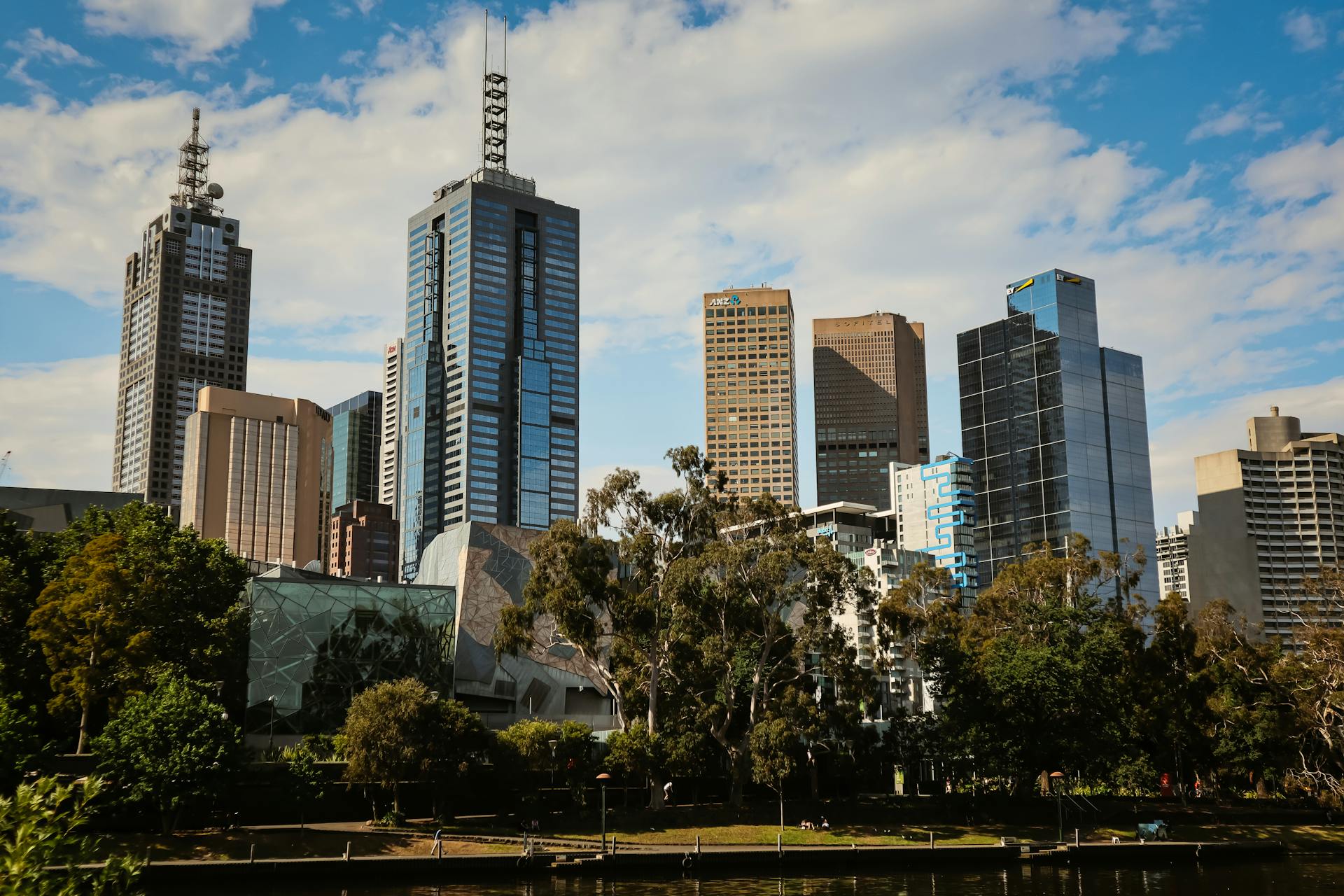
In the face of the climate change emergency, high tech green building solutions are more important than ever. And at this year's global climate summit COP26, some of the world's most impressive and innovative environmental projects were on display. In particular, an international open call for exemplary projects yielded a range of inspiring designs that demonstrate how architecture can help tackle the environmental impact of human activity.
One way in which these projects are making a difference is by prioritizing sustainable materials like timber. The world's tallest timber buildings, for instance, were among the top picks to visit at COP26. Another standout project was a school made entirely from recyclable materials as part of an eco-tourism initiative in a national park in Rwanda. But these projects aren't just visually impressive – they also feature 17 different solutions to reducing carbon emissions and mitigating the environmental impact of construction.
If you're looking for a quick overview of some of the most exciting green building projects on display at COP26, read on. We'll take you through seven standout examples that show just how much potential there is for architecture to play a role in addressing climate change. Plus, thanks to a virtual reality online exhibition, you don't even need to travel to Glasgow to see them for yourself!
Recommended read: Office Building Amenities
A Quick Overview of the Story:

In today's world, architects design high-tech green building solutions that provide innovative tools for creating sustainable built environments. Virtual reality immerses stakeholders in a project before it physically exists, allowing them to explore designs and make personalized recommendations.
Creative collaborations between architects, builders, and engineers are key to implementing prefabricated construction in today's high-tech green building solutions. This approach saves time and resources while also reducing waste and emissions.
One example of a virtual reality product is the "Digital Twin," which allows builders to simulate construction processes and identify potential issues before they arise. These cutting-edge technologies are revolutionizing the way we build sustainably and shaping the future of our built environment.
Related reading: Prefab Building
The butterfly effect: Scottish Highlands meets Australian biodiversity
The butterfly effect has brought together the Scottish Highlands and Australian biodiversity. The Natural Capital Laboratory in Scotland, United Kingdom, is leading a high-tech rewilding project that aims to restore native forest and reintroduce locally extinct species on 100 acres of land in the Scottish Highlands. This project brings together scientists, conservationists, and built environment experts to monitor environmental change using remote sensing drones, virtual reality, and augmented reality.
The data collected from this project will be published online and shared globally, allowing others to undertake similar projects aimed at improving Australia's biodiversity. The Natural Capital Laboratory is still in its early stages but plans to expand with a new site called the Natural Capital Laboratory South. These sites will form a globally connected network of pioneering projects sharing innovations to tackle environmental problems.
By monitoring environmental change using cutting-edge technology, the Natural Capital Laboratory aims to create country-specific versions of their approach that can be replicated around the world. With data shared globally and a focus on improving natural capital, this project has the potential to positively impact ecosystems worldwide.
Going beyond net zero to energy positive - future-proof offices

Going beyond net zero to energy positive - future-proof offices is the way forward. The largest new-build energy-positive office building, Powerhouse Brattørkaia in Trondheim, Norway, sets a new standard for sustainable construction. The building generates more renewable energy than it needs throughout its lifecycle and has already compensated for its operational phase, including embodied energy and potential disposal surplus renewable energy.
This fossil fuel-free construction site avoids direct carbon emissions and provides excess renewable energy to neighbouring buildings and electric buses. By going beyond net-zero carbon emissions, this high tech green building solution demonstrates that it is possible to have a positive impact on the environment while still meeting the growing demand for modern office spaces.
The key takeaway from this innovative approach to sustainable construction is that we do not need to sacrifice our need for technology or comfort in order to build environmentally-friendly offices. Instead, we can embrace high-tech solutions like solar panels and smart grid systems that generate more power than we need while reducing our reliance on conventional fuels. Going beyond net zero to energy positive buildings is not only good for the planet but also makes financial sense as well.
A unique perspective: Benefits of High Quality Wood
Sustainable, ethical tourism amplifying conservation efforts
Sustainable, ethical tourism is becoming an intrinsic part of conservation efforts in places like Singita Volcanoes National Park, Ruhengeri, Rwanda. High tech green building solutions are reducing energy consumption and resulting in energy efficient lodges with greater efficiencies. The Edge model estimated that these lodges have cooling systems that use 44% less energy compared to similar traditional buildings.
In addition to reducing energy consumption, these lodges are designed with low-impact mechanically assisted natural ventilation. This building design results in a cooling system that does not harm the surrounding area. Furthermore, the lodges on-site nursery Akarabo planted 250000 indigenous orchids, forest shrubs and bamboo shoots as part of an ambitious reforestation initiative that rewilded combining multiple farmed subsections creating a large buffer zone for local communities.
These projects go beyond just providing sustainable tourism options; they actively work towards enhancing conservation efforts and improving the lives of local communities. By choosing eco-friendly accommodations such as those at Singita Volcanoes National Park, we can support these important initiatives while enjoying a comfortable stay.
Recommended read: Sustainable High Rise Buildings
Challenge 2: Sustainable Metals for an Electric Future

The electric future is upon us, and with it comes a massive increase in demand for essential components like lithium cobalt and refined copper. Today's EV batteries rely heavily on these metals, but the current BNEF expects annual demand to exceed what the global supply can provide. This means that we need to explore more sustainable alternatives if we want to avoid potentially devastating impacts on soil, water, wildlife, and local communities in poorer countries.
Unfortunately, the metals supply chain has a dark legacy of labor exploitation involving child workers and other forms of human rights abuses. To make matters worse, obtaining rare minerals like cobalt or lithium can also lead to environmental degradation. However, the energy transition addresses these issues by developing technologies that require fewer rare materials. In fact, some of the most promising solutions already exist and place BNEF identified as key players in bringing efficiency to the supply chain.
In the future, metals may not be as scarce as we once thought. New developments could revolutionize how we approach metal extraction while reducing our reliance on certain rare elements altogether. By prioritizing sustainability in our quest for a motorized world, we can ensure that our efforts do not come at the expense of people or planet.
Transforming lives through cheap green energy and innovative thinking

Transforming lives through cheap green energy and innovative thinking is the goal of the Favela da Paz Institute, a community project situated in Jardim Nakamura. The institute was founded by brothers Fabio and Claudio Miranda, and it has been recognised worldwide for its efforts to provide a safe social gathering space for low-income communities. The urban ecovillage project generates renewable energy and organic food through vertical gardens and rainwater harvesting systems.
Many residential buildings in countries worldwide rely on non-renewable energy sources for heating water, which can be inefficient and expensive. However, the Favela da Paz team has implemented a micro solar energy generator inside each home, providing free electricity and reduced energy bills. Additionally, the homes are equipped with solar water heating systems, providing hot water without the need for an electric shower or fuel bills. These home-made technologies have been crucial in transforming lives in low-income communities.
The Favela da Paz team has also created biodigesters converting organic waste into cooking gas, further reducing the reliance on non-renewable energy sources. By implementing these high tech green building solutions, the institute has not only transformed lives but also paved the way for sustainable living practices that can be replicated in other communities around the world. At its core, this project showcases how innovative thinking can help make significant changes to society while prioritising environmental sustainability.
Frequently Asked Questions
Is smart building technology good for the environment?
Yes, smart building technology is good for the environment as it can reduce energy consumption, lower carbon emissions and improve building efficiency.
What are the hurdles to green building projects?
The hurdles to green building projects include lack of knowledge, high initial costs, and difficulty in finding skilled labor.
What are the obstacles to the development of green building?
The main obstacles to the development of green building are high initial costs, lack of awareness and education, and resistance from traditional builders and regulators.
What is green building technology?
Green building technology refers to the use of sustainable materials and practices in construction, with the goal of reducing environmental impact and improving energy efficiency. It involves incorporating renewable energy sources, efficient heating and cooling systems, and water conservation methods into building design.
Featured Images: pexels.com


